Review for The Titfield Thunderbolt: Digitally Restored 60th Anniversary
‘The Titfield Thunderbolt’ is in many respects the quintessential Ealing comedy. It combines the sleepy charm of little (post-war) Britain ‘s hidden villages with the plucky British spirit where the little man rises up and succeeds in the face of great adversity.
In common with the earlier ‘Passport to Pimlico’ here is a complete community (more or less) united in their fight to do the right thing, from a wealthy landowner to the drunken poacher, the entire community fight shoulder to shoulder. In this case, the village’s small railway is about to be closed down.
Director Charles Crichton (Hue and Cry and The Lavender Hill Mob) collaborated again with writer T.E.B. Clarke for The Titfield Thunderbolt, released in 1953. Filmed in glorious Technicolor (the first Ealing to do so) the film is often seen as homage to Britain’s romantic love affair with trains and steam trains in particular. In common with many Ealing films of the period it is almost completely male dominated (other than Sid James main squeeze who is pretty much the only representation of, in Ealing terms, ‘the fairer sex’) and has as much to do with the love of trains as it does the portrayal of a small community fighting the madness of centralised bureaucracy, a common theme of the highly restrained and heavily rationed post-war years.
It’s a quaint and charming tale, though utterly ridiculous in many respects, trying hard to be the equal of ‘Whiskey Galore’ for sheer British eccentricity though never quite getting there despite a sterling effort of an impressive cast.
Worth the price of entry is Slocombe’s cinematography, a glorious portrayal of rural Britain at its best with its impressive wide shots of the West Country and Oxfordshire.
There are many lovely moments in what is otherwise a fairly straight-forward little narrative which plods along at the same gentle pace you would expect for remote village life.
Here’s the story in a nutshell, though I’ll refrain from telling the ending, suffice it to say it is heartwarmingly predictable. The fictional village of Titfield (location exteriors actually somewhere near Bath) are about to lose their local railway line. Not only will this disrupt the regulars who rely on the train to get to the market or to get a link into London but local rail enthusiasts like the local vicar (George Relph) are devastated too.
Together with the local squire (John Gregson) they persuade a wealth local (Stanley Holloway) to stump up the necessary funds to allow them to take over the railway and run it themselves.
All seems to be going swimmingly until local bus operators, who look to profit from the station’s closure, get wind of the plans and set about scuppering them. What follows is a series of triumphs of good versus evil (tradition versus modernism) as well as the occasional set back. Indeed, when it comes to the day of official inspection following a one month trial to see if a permanent licence should be given, the locals find that they have no train or any carriages following an ‘accident’. But is all lost? Well, you need to watch to find out.
Highlights for me included drunken Ex-locomotive driver (played by Ealing stalwart Hugh Griffith) getting out of bed fully dressed and Stanley Holloway’s conversion to the idea of funding the rescue of the line in order to take advantage of relaxed licencing laws aboard trains also raised a warm smile, if not quite a belly-laugh.
Sid James is wildly miscast as a surly and humourless young farmer in love with a local lass (clearly half his age) so none of the comedy magic you might otherwise expect from him.
The transfer is fine if unremarkable (maybe the Blu-Ray offers a bigger lift) though it is unquestionably better than the previous DVD release (also Studio Canal) with richer contrast, more detail and better blacks.
The extra features sound plentiful when listed though are in actuality rather slight, doing pretty much what they say on the tin. The ‘Making of’ is a brief featurette featuring interviews with both surviving crew and historians and is informative enough if a little heavy on talking heads. This is rebalanced with the Home movie footage, the Lion Locomotive featurette (trainspotters will love this) and the locations featurette. Those in Woodstock Oxfordshire or various village locations in the West Country will enjoy this immensely. Also included is a stills gallery, a trailer and a restoration comparison for those interested in such things.
Whilst this DVD is an uplift from the existing edition I would have thought that the Blu-Ray would be a better reason for double-dipping. If you don’t yet have this in your collection and have a preference for DVD

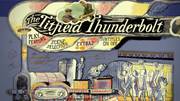

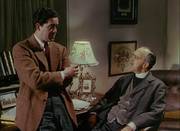
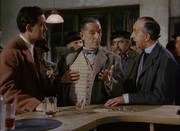
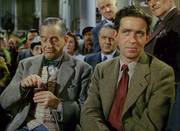
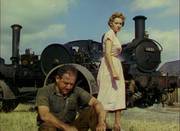

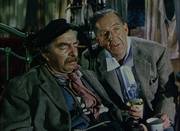
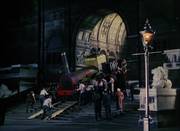
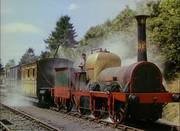
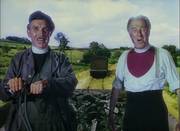







































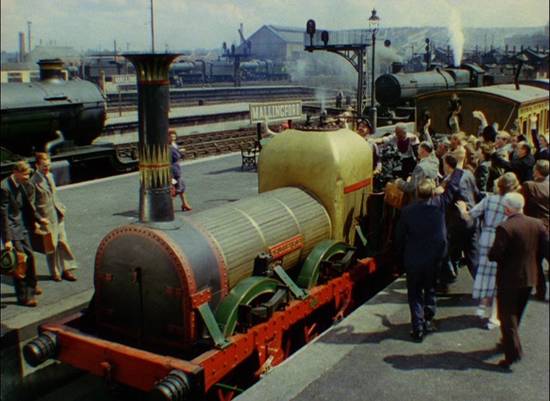
Your Opinions and Comments
Be the first to post a comment!